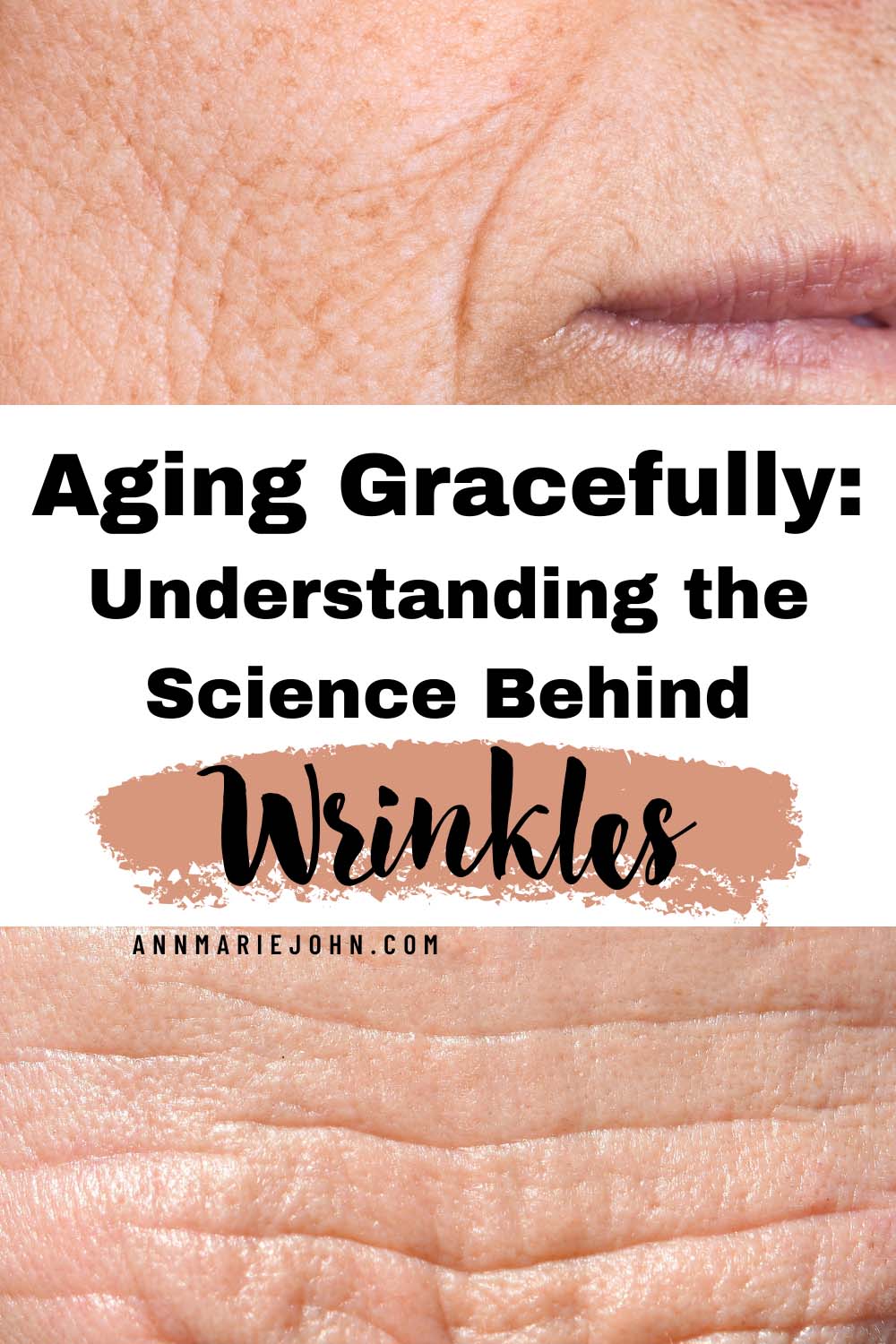Discover what causes wrinkles and how you can use science to age gracefully. Read this post for tips on how to promote healthy skin as you add more years!

As we age, it’s not uncommon to notice wrinkles and fine lines forming on our faces. While many people consider wrinkles to be inevitable, it’s important to understand the science behind this and explore coq10 benefits. Wrinkles are the result of genetics, lifestyle choices, and environmental factors. You can take steps to age gracefully and keep your skin looking youthful.
This article will explore the science behind wrinkles and discuss the various factors contributing to their formation. We will also provide tips and strategies for preventing and minimizing wrinkles so that you can enjoy healthy, radiant skin as you age.

Understanding the Causes of Wrinkles
Wrinkles are a natural part of aging, but what causes them? The answer is a combination of factors, including genetics, lifestyle choices, and environmental factors.
For instance, a poor diet lacking essential vitamins and nutrients can cause premature aging and wrinkles. Consuming high amounts of sugar and processed foods can lead to the breakdown of collagen and elastin fibers in the skin, leading to wrinkles. On the other hand, a diet rich in antioxidants and healthy fats, such as fruits, vegetables, and omega-3 fatty acids, can help protect the skin from damage and reduce the appearance of wrinkles.
One of the biggest culprits of premature aging and wrinkles is exposure to the sun’s ultraviolet (UV) radiation. UV radiation breaks down collagen and elastin in the skin, which are essential components of healthy skin. Collagen gives our skin structure and firmness, while elastin allows it to stretch and bounce back. When these fibers break down, our skin becomes less elastic and more wrinkle-prone.
Other environmental factors contributing to wrinkles include air pollution, smoking, and exposure to harsh chemicals. Air pollution contains small particles that can penetrate the skin and cause inflammation, which can accelerate the aging process. Smoking damages collagen and elastin in the skin, and the repetitive motion of smoking can cause wrinkles around the mouth.
Hormonal changes can also play a role in the development of wrinkles. As we age, our bodies produce less estrogen and testosterone, which can decrease collagen production and skin elasticity. Women experience a more significant decline in estrogen levels during menopause, which can cause the skin to become thinner, drier, and more prone to wrinkles. Hormonal fluctuations during pregnancy and postpartum can also impact the skin’s appearance and contribute to the formation of wrinkles.
Types of Wrinkles
Not all wrinkles are created equal. Different types of wrinkles can develop depending on the cause and location of the body. Let’s explore the most common types of wrinkles.
The first type of wrinkles are expression lines. These wrinkles develop due to repeated facial expressions such as frowning, squinting, or smiling. Over time, the repeated motion of these expressions causes wrinkles to form in the same location on the face. The most common expression lines are crow’s feet around the eyes, frown lines between the eyebrows, and smile lines around the mouth.
The second type of wrinkles are gravitational folds. These are wrinkles that develop as a result of gravity pulling down the skin. Our skin becomes less elastic and more prone to sagging as we age. Gravitational folds typically form in areas where the skin is thinner and more delicate, such as the neck and under the eyes.
The third type of wrinkles are sleep lines. These are wrinkles that develop as a result of sleeping in the same position night after night. When we sleep on our side or stomach, our face is pressed against the pillow, which can cause lines to form on the face over time.
Another type of wrinkles is called “atrophic crinkling rhytids,” which are fine wrinkles that often appear on the face and body due to a loss of collagen and elastin in the skin. These wrinkles are usually more noticeable when the skin is stretched or compressed, such as when you pinch the skin on the back of your hand. A variety of factors, including sun damage, smoking, and natural aging, can cause atrophic crinkling rhytids.
Finally, there are also wrinkles that are caused by dehydration. When the skin is dehydrated, it loses its plumpness and elasticity, which can cause fine lines and wrinkles to form.

Preventing and Reducing Wrinkles
Now that we understand the causes and types of wrinkles, it’s time to focus on preventing and reducing them. While some degree of wrinkling is inevitable as we age, there are several steps we can take to slow down the process and minimize their appearance.
Protect Your Skin From the Sun
The sun’s ultraviolet (UV) rays damage our skin’s collagen and elastin fibers, causing it to lose its elasticity and firmness. To protect your skin, wear protective clothing, use a broad-spectrum sunscreen with an SPF of at least 30, and avoid prolonged exposure to the sun, especially during peak hours.
Quit Smoking
Smoking not only harms your health but also accelerates the aging process and causes wrinkles. The nicotine in cigarettes constricts blood vessels, reducing the supply of oxygen and nutrients to the skin and leading to premature aging.
Stay Hydrated
Drinking plenty of water helps keep your skin hydrated, plump, and youthful. When your skin is dehydrated, it becomes dry, dull, and more prone to wrinkles.
Use Skincare Products with Retinoids
Retinoids are a type of vitamin A that helps boost collagen production, reduce fine lines and wrinkles, and improve skin texture and tone. They are available in over-the-counter and prescription-strength products.
Get Enough Sleep
Lack of sleep can cause stress, which accelerates aging and causes wrinkles. On the other hand, getting enough sleep helps your skin repair and rejuvenate itself, resulting in a healthier and more youthful appearance.
Conclusion
Wrinkles are a natural part of aging, but several factors, including genetics, lifestyle, and environmental factors, can influence their appearance and severity. While we cannot stop the aging process altogether, there are several steps we can take to minimize their appearance and keep our skin looking healthy and youthful. By understanding the causes and types of wrinkles and adopting a healthy lifestyle, we can age gracefully and confidently.
